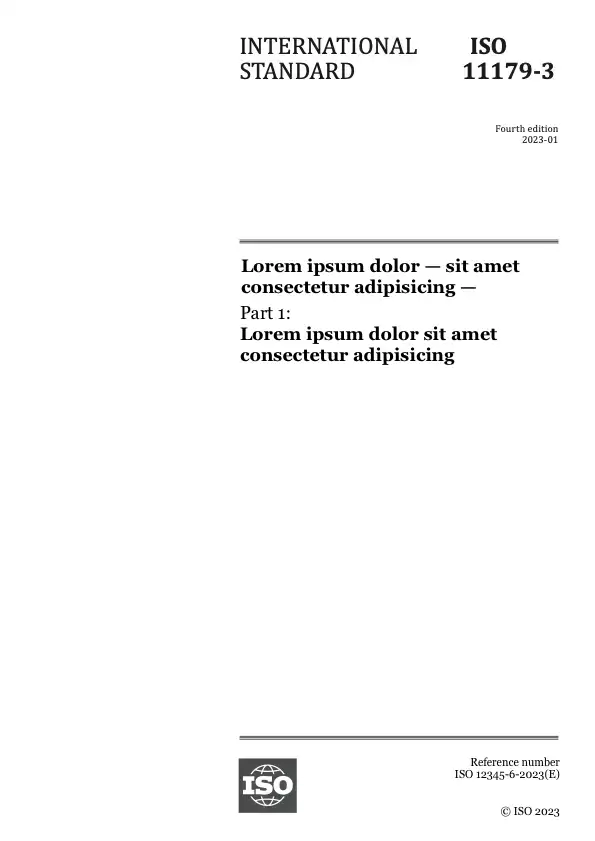Тезис
This document specifies a method for the determination of fuel consumption and resulting CO2 emissions to enable fleet managers to reduce fuel costs and greenhouse gas (GHG) emissions in a sustainable manner. The fuel consumption determination is achieved by extracting trip data and speed profiles from the global navigation satellite system (GNSS) receiver of a nomadic device (ND), by sending it via mobile communication to a database server and by calculating the deviation of the mechanical energy contributions of:
a) aerodynamics,
b) rolling friction,
c) acceleration/braking,
d) slope resistance, and
e) standstill,
relative to a given reference driving cycle in [%]. As the mechanical energy consumption of the reference cycle is known by measurement with a set of static vehicle configuration parameters, the methodology enables drivers, fleet managers or logistics service providers to calculate and analyse fuel consumption and CO2 emissions per trip by simply collecting trip data with a GNSS receiver included in an ND inside a moving vehicle. In addition to the on-trip and post-trip monitoring of energy consumption (fuel, CO2), the solution also provides information about eco-friendly driving behaviour and road conditions for better ex-ante and ex-post trip planning. Therefore, the solution also allows floating cars to evaluate the impact of specific traffic management actions taken by public authorities with the objective of achieving GHG reductions within a given road network.
The ND is not aware of the characteristics of the vehicle. The connection between dynamic data collected by the ND and the static vehicle configuration parameters is out of scope of this document. This connection is implementation-dependent for a software or application using the described methodology which includes static vehicle parameters and dynamic speed profiles per second from the ND.
Considerations of privacy and data protection of the data collected by a ND are not within the scope of this document, which only describes the methodology based on such data. However, software and application developers using the methodology need to carefully consider those issues. Nowadays, most countries and companies are required to be compliant with strict and transparent local regulations on privacy and to have the corresponding approval boards and certification regulations in force before bringing new products to the market.
Preview
Общая информация
-
Текущий статус: ОпубликованоДата публикации: 2022-05Этап: Опубликование международного стандарта [60.60]
-
Версия: 1
-
Технический комитет :ISO/TC 204
- RSS обновления
Жизненный цикл
-
Сейчас
-
00
Предварительная стадия
-
10
Стадия, связанная с внесением предложения
-
20
Подготовительная стадия
-
30
Стадия, связанная с подготовкой проекта комитета
-
40
Стадия, связанная с рассмотрением проекта международного стандарта
-
50
Стадия, на которой осуществляется принятие стандарта
-
60
Стадия, на которой осуществляется публикация
-
90
Стадия пересмотра
-
95
Стадия, на которой осуществляется отмена стандарта
-
00
Появились вопросы?
Ознакомьтесь с FAQ
Часы работы:
Понедельник – пятница: 09:00-12:00, 14:00-17:00 (UTC+1)

